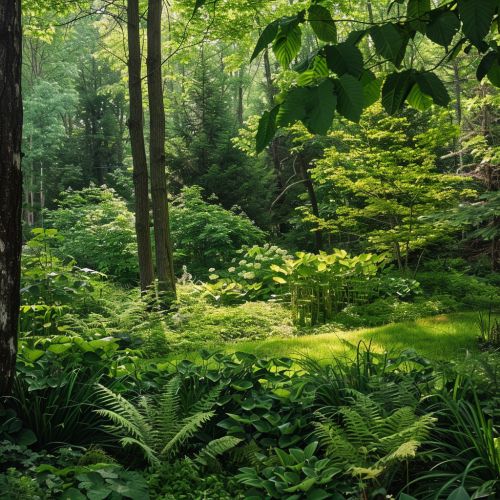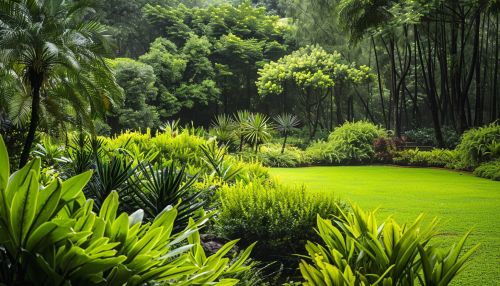Flora
Introduction
Flora refers to the plant life occurring in a particular region or time, generally the naturally occurring or indigenous—native plant life. The corresponding term for animal life is fauna. Flora, fauna, and other forms of life, such as fungi, are collectively referred to as biota. Sometimes bacteria and fungi are also referred to as flora, as in the terms gut flora or skin flora.
Etymology
The word "flora" comes from the Latin name of Flora, the goddess of plants, flowers, and fertility in Roman mythology. The technical term "flora" is then derived from a metonymy of this goddess at the end of the sixteenth century. It was first used in poetry to denote the natural vegetation of an area, but soon also assumed the meaning of a work cataloguing such vegetation. Moreover, "Flora" was used to refer to the plant life of a region, regardless of the number of species.
Classification of Flora
Flora can be classified in several ways, from the largest divisions, which separate flora into types that are found in different regions of the world, to more specific classifications based on the environments they require, their life cycle, or their evolutionary history.
By Region
Flora can be classified according to region in a number of ways. The largest, most general, divisions are:
- Native flora: Flora that occur naturally in the region.
- Agricultural and horticultural flora (garden flora): The plants that are deliberately grown by humans.
- Weed flora: Plants that are classified as weeds.
- Alien or invasive flora: Non-native plants that have been introduced into the region.


By Environment
Another way to classify flora is by the type of environment in which they grow:
- Hydrophytes: These are aquatic plants that are adapted to living in water or in soil too waterlogged for most plants to survive.
- Mesophytes: These plants prefer moderate amounts of water and typically live in well-drained areas.
- Xerophytes: These are plants adapted to dry climates and are capable of conserving water.
By Life Cycle
Flora can also be classified by their life cycle:
- Annuals: These plants complete their life cycle in one growing season.
- Biennials: These plants need two growing seasons to complete their life cycle, flowering and dying in the second year.
- Perennials: These plants live for more than two years, flowering and producing seeds over and over again throughout their lives.
Importance of Flora
Flora plays a critical role in the health of the planet. They are the primary producers in most ecosystems, converting sunlight into energy through photosynthesis. This energy is then used by other organisms in the ecosystem. In addition, plants help to regulate the Earth's climate by absorbing carbon dioxide, a greenhouse gas, from the atmosphere and releasing oxygen.
Flora also plays a crucial role in human life. They provide food, medicines, and raw materials for construction, clothing, and more. They also have cultural significance in many societies, featuring in art, mythology, and religious practices.
Threats to Flora
Flora worldwide is under threat from a variety of factors. These include habitat destruction, pollution, climate change, and the introduction of invasive species. These threats can lead to a decrease in biodiversity, which can have knock-on effects on the entire ecosystem.
Conservation of Flora
Efforts to conserve flora focus on protecting individual species as well as their habitats. This can involve creating protected areas, restoring damaged habitats, and implementing laws to protect endangered species. In addition, seed banks are used to store the seeds of plants, providing a backup in case of extinction in the wild.
